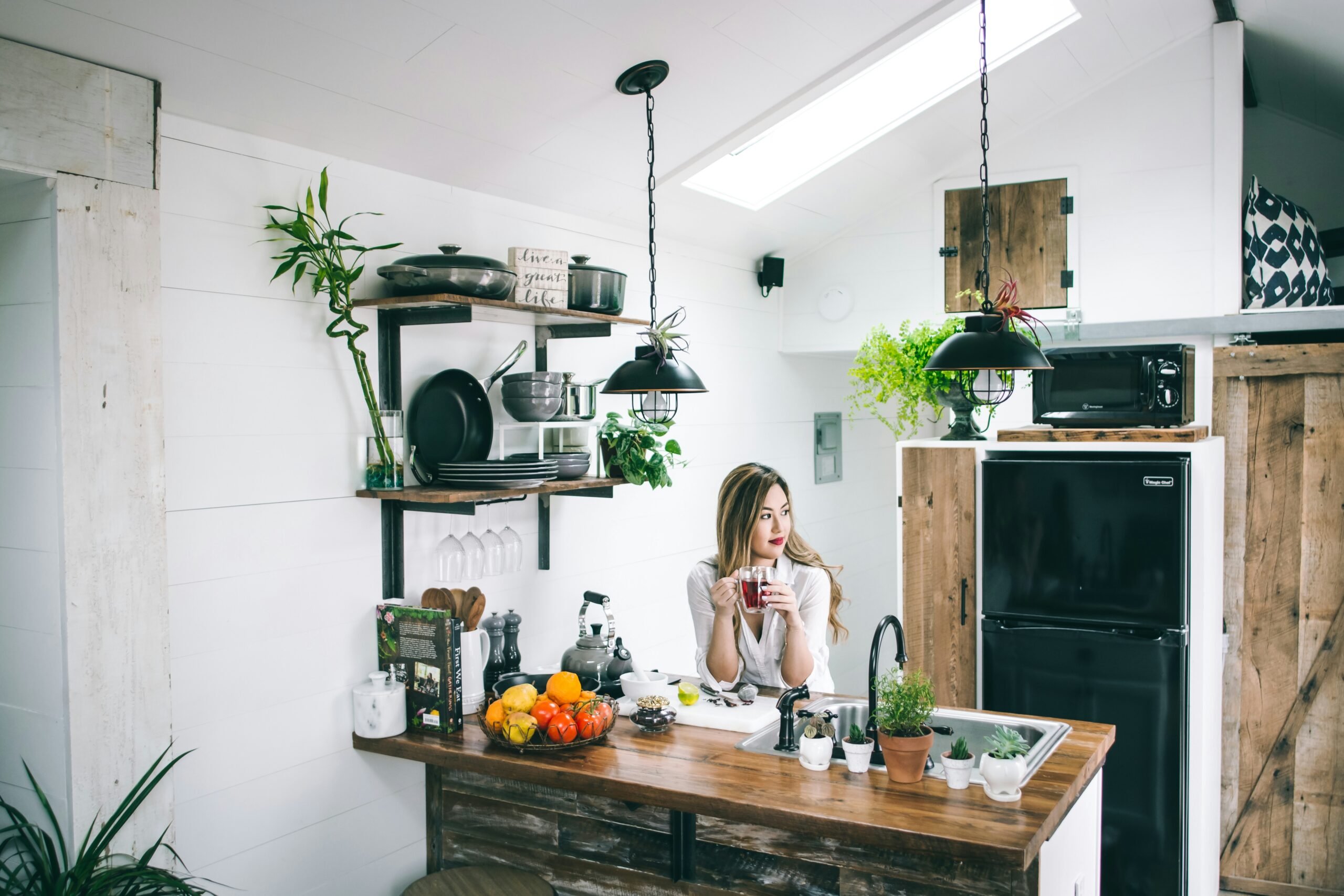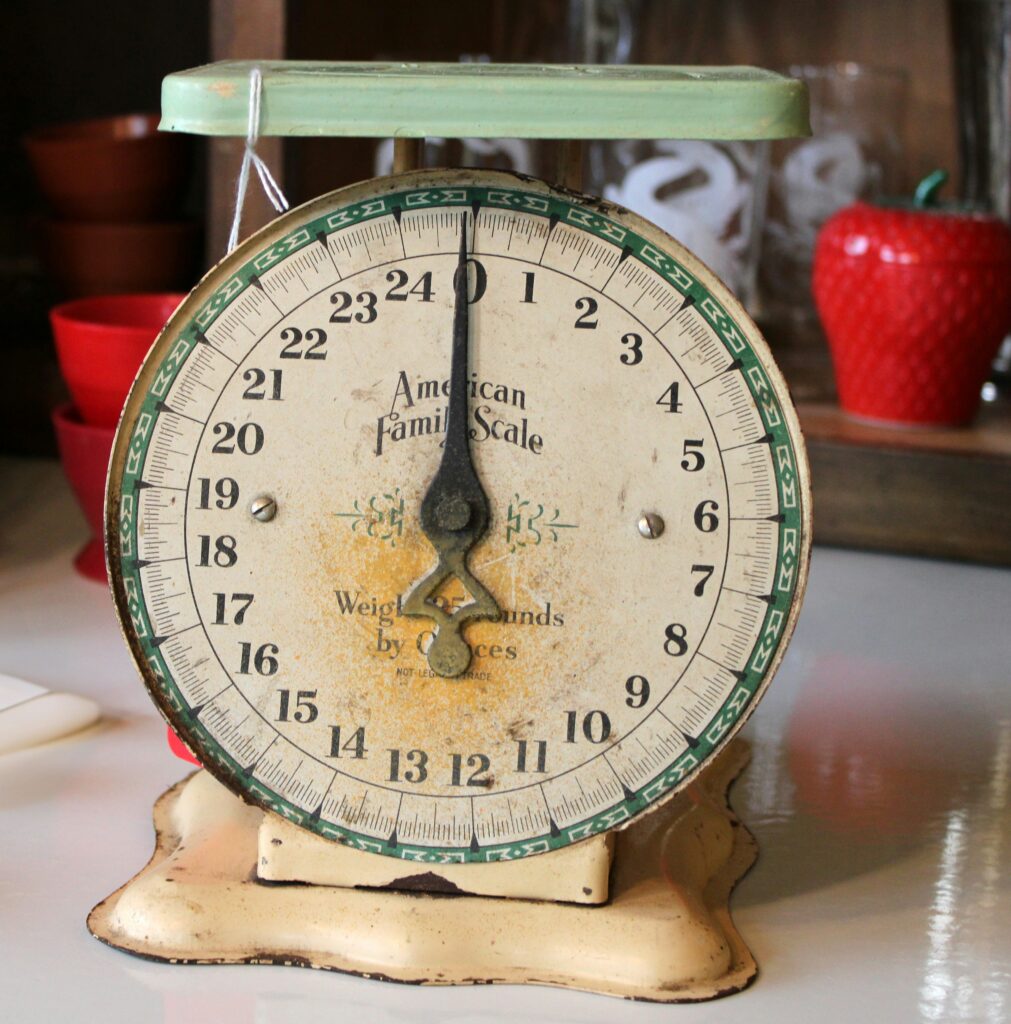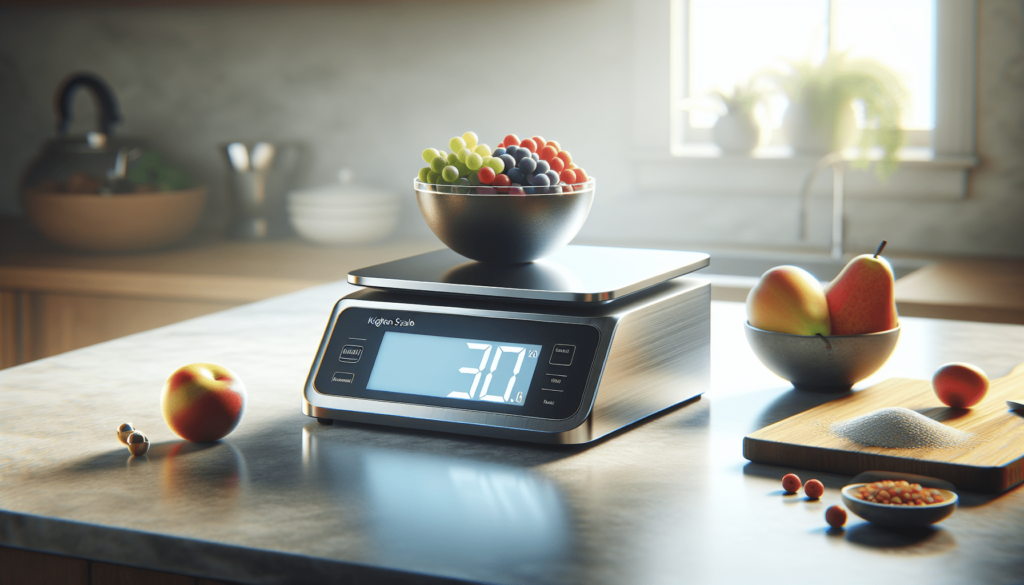What Is A Digital Kitchen Scale

Have you ever thought about how a digital kitchen scale could revolutionize your culinary experiences? These handy devices might just be the secret ingredient you’ve been missing in your kitchen adventures. Whether you’re a passionate home cook, a professional chef, or someone trying to manage your diet with precision, a digital kitchen scale can offer remarkable accuracy and convenience. Today, you will discover everything you need to know about digital kitchen scales. You’ll learn what they are, why they are essential, and how to choose the right one for your needs.
What Is A Digital Kitchen Scale?
At its core, a digital kitchen scale is a device used for weighing items in your kitchen, providing you with an accurate measurement of food ingredients. Unlike traditional kitchen scales, which often use springs or weights, digital scales operate electronically, offering a more precise measurement. These scales typically feature a small, flat platform where you can place food, bowls, or containers. They display the weight on a digital screen, usually measured in grams or ounces, or even milliliters or fluid ounces for liquids.
Why Are Digital Kitchen Scales Essential?
Digital kitchen scales are essential tools for anyone who loves to cook or bake. They help to ensure that your recipes are accurate, which is critical for achieving the desired texture and taste in your dishes. Measuring by weight rather than volume (such as cups and teaspoons) can produce more consistent results. This is especially significant in baking, where precision matters most. Additionally, they make portion control more manageable and can assist in managing dietary needs by helping to measure exact food servings.
How Do Digital Kitchen Scales Work?
Digital kitchen scales work by using a strain gauge to precisely measure weight. When you place an object on the scale, it applies force to the strain gauge. This pressure causes a change in electrical resistance, which is then converted into a weight reading that appears on the digital display.
Components of a Digital Kitchen Scale
Here are the primary components that make up a digital kitchen scale:
- Weighing Platform: Where you place the food or container to be weighed.
- Load Cell/Strain Gauge: The sensor that measures the force exerted by the weight of the item.
- Circuit Board: Converts the electrical signal from the load cell into a readable weight.
- Display Screen: Shows the weight measurement in the unit of your choice.

Features You Should Look For
When selecting a digital kitchen scale, there are several features to consider that can enhance functionality and convenience. Here are some critical aspects you might want to take into account:
Units of Measurement
A good digital kitchen scale should offer multiple units of measurement. Look for scales that can switch between grams, ounces, pounds, and milliliters. This versatility is particularly useful when following recipes from different countries or regions.
Tare Function
The tare function is an essential feature that allows you to reset the scale to zero when you add a container or additional ingredients. This function is vital for sequential measuring and helps ensure you’re only measuring the ingredients themselves, not the containers they’re in.
Auto-Off Function
An auto-off function helps with battery conservation. If you tend to get caught up in cooking, scales with this feature automatically turn off after a period of inactivity, saving you the hassle of replacing batteries frequently.
Maximum Capacity
Consider the maximum weight capacity of the scale. For most home cooks, a scale that measures up to 11 pounds (about 5 kilograms) is sufficient. However, if you plan on weighing larger quantities or bulk recipes, you might want a scale with a higher capacity.
Precision
Accuracy is key when it comes to digital kitchen scales. Look for a scale that can measure at least 1 gram or 0.1 ounces. Highly precise models can measure even smaller increments, perfect for weighing spices, herbs, or baking ingredients.
| Feature | Description |
|---|---|
| Units of Measurement | Ability to switch between grams, ounces, etc. |
| Tare Function | Allows resetting to zero between measurements |
| Auto-Off Function | Conserves battery by turning off automatically |
| Maximum Capacity | Weight limit the scale can measure |
| Precision | The smallest increment measurable by the scale |
Digital Kitchen Scale Brands
In the world of digital kitchen scales, there’s no shortage of options. Various brands offer scales with unique features, designs, and price points. Below are some popular brands that you might come across:
OXO
OXO scales are well-known for their design and user-friendliness. They often feature pull-out displays, making it easier to read weight measurements even if a large container obscures the scale’s regular display.
Escali
Escali offers a wide range of kitchen scales that prioritize functionality and affordability. Their scales are praised for their durability and versatility, catering to both novice cooks and culinary professionals.
Etekcity
If you’re looking for an economical option with high precision, Etekcity digital kitchen scales might be a perfect fit. They often come with features like unit conversion and tare functions, all at a very reasonable price point.
Ozeri
Ozeri digital kitchen scales boast modern designs and often include innovative features like calorie tracking and nutritional information. These are fantastic choices for those looking to incorporate more health-focused tools in their kitchen.
My Weigh
Known for their highly accurate and reliable products, My Weigh scales are favored by professional chefs. They offer models specifically for baking and high-precision needs.
Greater Goods
Greater Goods combines quality and charity, delivering scales that offer reliable performance while also contributing a portion of profits to global causes.
Nicewell and AmazonBasics
Both Nicewell and AmazonBasics offer budget-friendly scales that don’t compromise on essential features. They serve as good entry-level options for those just starting to use digital kitchen scales.

Benefits of Using a Digital Kitchen Scale
Precision and Accuracy
One of the most significant benefits of using a digital kitchen scale is precision. When recipes call for exact measurements—especially in baking—a scale provides unparalleled accuracy compared to traditional measuring tools. This accuracy ensures that your dish turns out exactly as intended, enabling you to repeat your successes consistently.
Time Efficiency
A digital kitchen scale speeds up your preparation process by eliminating the need to convert measurements or fumble with measuring spoons and cups. With the tare function, you can quickly measure multiple ingredients in the same bowl, reducing the number of dishes you need to clean.
Waste Reduction
Utilizing a scale can lead to less food waste, as you accurately measure out portions and ingredients, ensuring there is minimal leftover or unused food. This not only contributes to a greener lifestyle but also helps to manage costs effectively.
Dietary Management
For those monitoring their food intake, a digital kitchen scale can be an indispensable tool, offering precise portion control and helping to track calorie intake. Many scales now come with features that can calculate nutritional information based on weight, promoting healthier eating habits.
How to Use a Digital Kitchen Scale
Using a digital kitchen scale is straightforward, but to get the most out of its features, follow these steps:
- Place the Scale on a Flat Surface: Ensure that the scale is on a stable and flat surface for an accurate reading.
- Power On the Scale: Turn it on, usually by pressing a button labeled “power” or similar.
- Select the Unit of Measurement: Choose the appropriate unit (grams/ounces) depending on your recipe requirement.
- Use the Tare Function: Place your container on the scale and press the tare button to reset the reading to zero.
- Add Ingredients: Place the food or ingredient into the container until you reach the desired weight.
- Sequential Weighing (Optional): If your recipe includes multiple ingredients, use the tare function after each new ingredient is added.

Maintenance and Care
To keep your digital kitchen scale functioning optimally, maintain it by:
- Cleaning Regularly: Wipe the surface with a damp cloth after use. Avoid submerging it in water unless it’s waterproof.
- Replacing Batteries: Ensure that batteries are replaced promptly when needed.
- Storing Safely: Avoid placing heavy items on the scale when it’s not in use to prevent damage to the load cell.
Common Mistakes and Troubleshooting
Using on Uneven Surfaces
Ensure your scale is on a flat, level surface to avoid inaccurate measurements.
Ignoring the Tare Function
Not using the tare function might result in inaccurate readings due to the weight of containers or previous ingredients.
Overloading
Avoid placing items that exceed the maximum capacity to prevent damage to the device.
Troubleshooting
If your scale isn’t powering on, check the batteries. If it’s giving incorrect readings, reset it by turning off and on again.

Conclusion
Digital kitchen scales are immensely valuable tools for anyone who enjoys cooking or baking. By providing precise measurements, they enhance your culinary creations and improve your kitchen efficiency. With features like tare functions, unit conversions, and multiple brand options, there’s a digital scale to suit every need. Choosing the right one can transform your kitchen activities, offering benefits that extend far beyond meal prep. Now is the perfect time to consider adding this smart tool to your kitchen arsenal.
